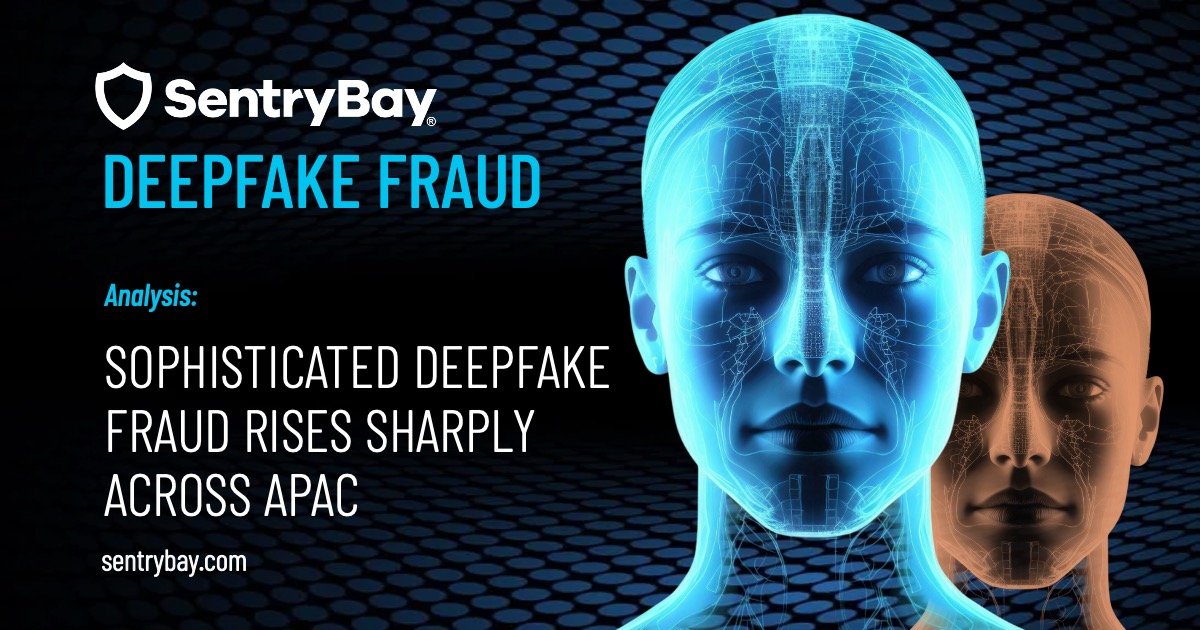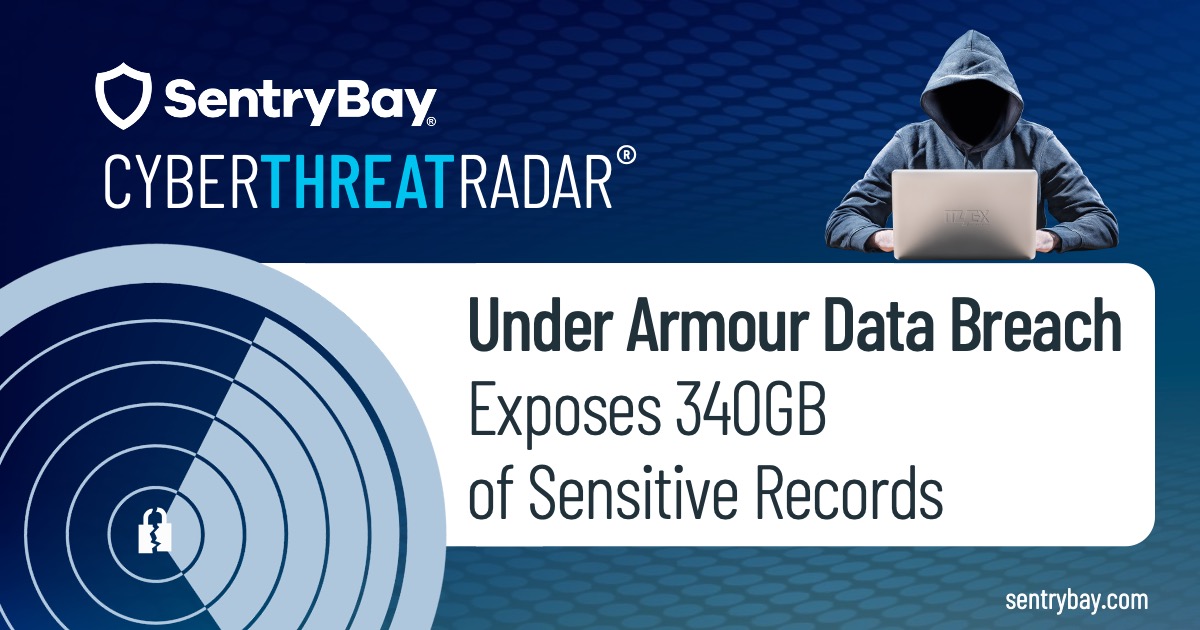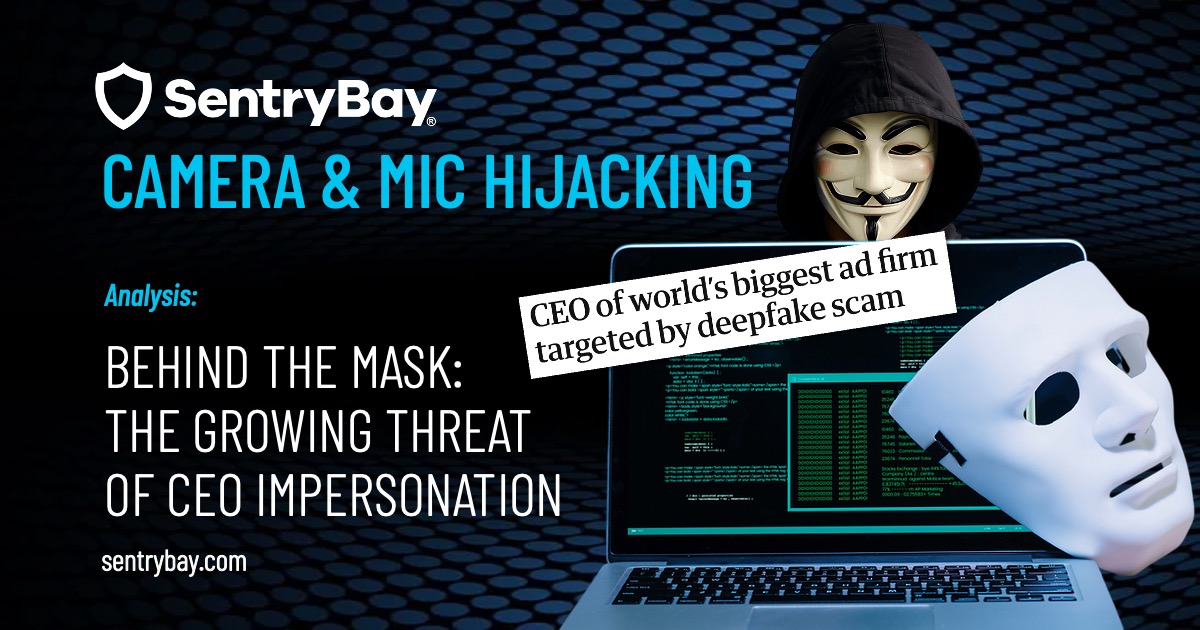In an age where data drives operations, strategy, and customer engagement, a devastating data breach can bring even the most robust organization to its knees.
From a business analyst’s perspective, the financial repercussions are severe, multi-dimensional, and long-lasting. From a public relations standpoint, the reputational damage inflicted by such breaches can derail brand trust in a matter of hours. At the time of writing, Marks & Spencer (M&S) has warned investors that last month’s ransomware attack could cost the company up to £300 million in trading profits.
While M&S said it is working to reduce the financial impact through cost management, it acknowledged that operational disruption could persist until July. The retailer’s outlook remains clouded by the aftermath of the cyberattack, with its online payment systems still offline.
Financial Fallout: A Cascade of Costs
According to IBM’s 2023 Cost of a Data Breach Report, the average cost of a data breach globally is $4.45 million. This figure includes direct and indirect expenses, but in high-stakes environments—particularly in healthcare or financial services—that number can rise exponentially.
Consider the recent Change Healthcare breach, which has emerged as one of the most catastrophic cyber incidents in healthcare history. A ransomware attack effectively paralyzed medical claims processing across the United States, leading to national disruption. The organization reportedly paid $22 million in ransom to regain access to critical systems. But that was just the beginning.
The subsequent costs included:
- Regulatory fines for non-compliance with HIPAA and other data privacy mandates
- Compensation to affected customers and employees whose personal data—possibly including medical records—was exposed
- Loss of paying customers, some of whom immediately switched providers due to a loss of trust
- Legal fees from class action lawsuits now being filed against the company
- Operational downtime and its associated productivity losses
These are not theoretical risks—they are tangible, material costs that can lead to lasting damage or even bankruptcy.
Reputational Damage: A Trust Deficit
Financial loss is only part of the equation. The public relations impact of a data breach can be equally, if not more, harmful. Negative headlines dominate the news cycle. Social media backlash escalates. Customers lose confidence. Stakeholders demand answers.
In the wake of the Change Healthcare attack, competitors quickly moved in to absorb disaffected clients. Media coverage painted a picture of vulnerability and mismanagement. As a result, the company’s long-standing reputation was thrown into question—a situation that no brand can afford, especially in trust-sensitive sectors like healthcare.
Evolving Threats: Keylogging and Screen Capture
What many organizations fail to recognize is that the majority of successful breaches do not occur due to a single lapse, but because of overlooked vulnerabilities. The top 15 malware threat actors, as identified in recent cybersecurity intelligence reports, overwhelmingly employ keylogging and screen capture tools as primary data theft mechanisms.
These tools silently record everything a user types or views on their screen—stealing login credentials, confidential communications, financial data, and more. Once this information is exfiltrated, threat actors can bypass multiple security layers without triggering traditional alerts.
Cyber insurance providers are taking note. There is a growing trend among insurers to scrutinize whether claimants had effective measures in place against keylogging and screen capture attacks before approving claims. Organizations that cannot demonstrate adequate defenses are increasingly at risk of claim denials or policy exclusions.
The Need for Specialized Protection
The notion that “cybersecurity” can be addressed with a one-size-fits-all solution is dangerously outdated. Protecting a network is not the same as protecting a user session. A firewall cannot stop a malicious actor who has already compromised a device. Antivirus software often fails to detect stealthy keyloggers and screen capture malware.
This is where SentryBay’s Armored Client solution provides a critical line of defense. It offers proven protection against keylogger and screen capture data theft attacks, securing the very moment a user enters sensitive information or views confidential material. Organizations seeking to strengthen their cyber posture—and to prove their diligence to regulators and insurers alike—cannot afford to overlook such endpoint-layer defenses.
Final Thoughts
The fallout from devastating data breaches is neither short-lived nor superficial. The financial losses are steep. The reputational scars are deep. And the technological gaps that allowed the breach often remain unaddressed until it is too late.
The key to resilience lies not just in prevention, but in targeted, proactive protection—especially against the stealthy, session-based attacks that dominate today’s threat landscape. With tools like SentryBay’s Armored Client, organizations can move beyond reactive measures and fortify themselves against the breaches that cripple.
Don’t wait to become the next cautionary tale. The cost of inaction is far greater than the price of protection.



